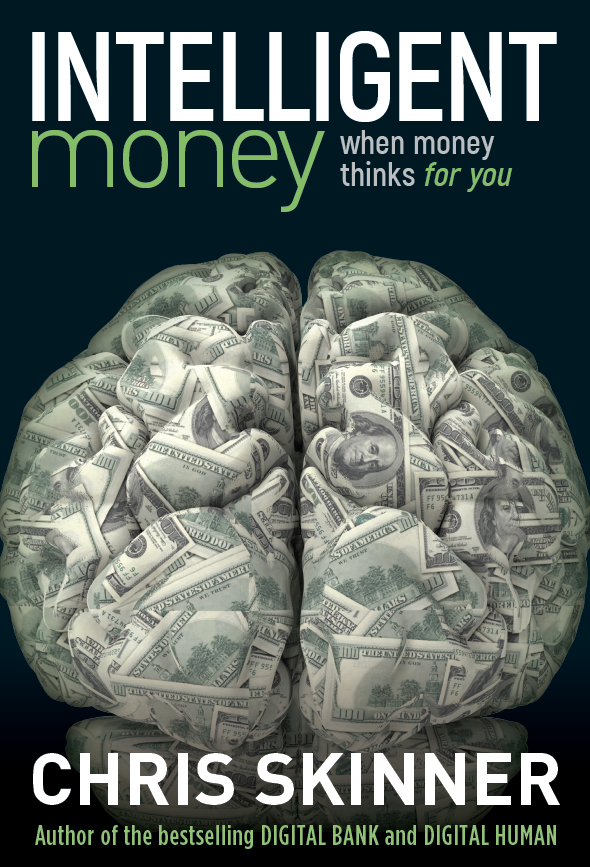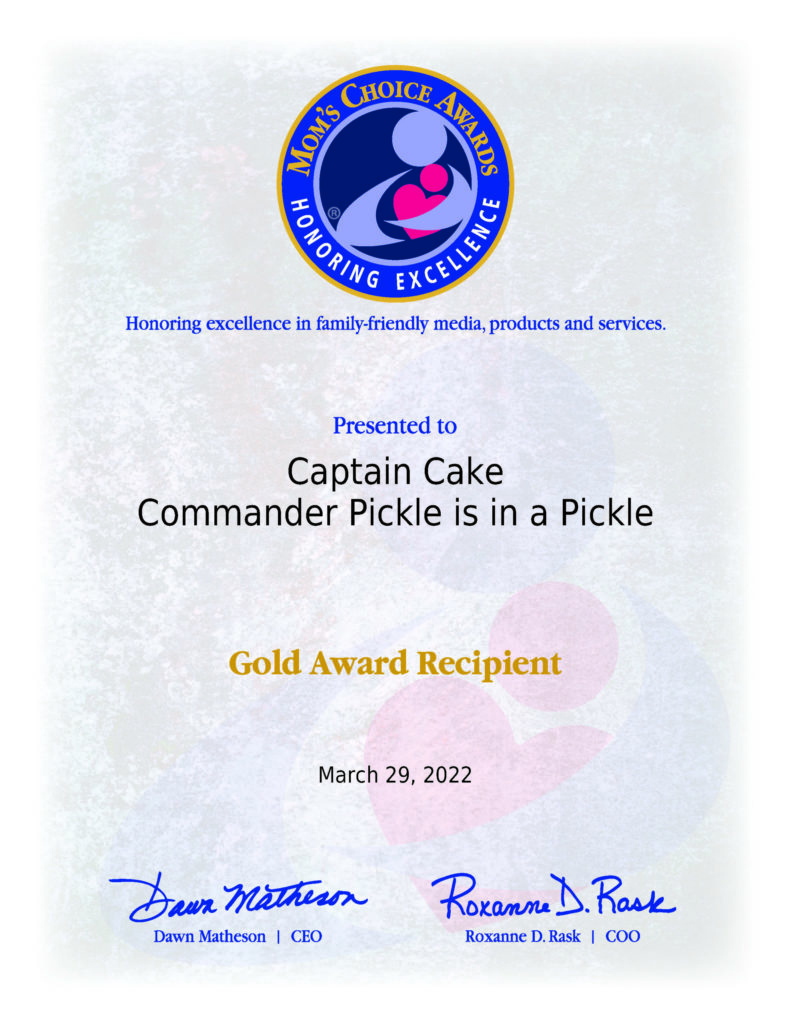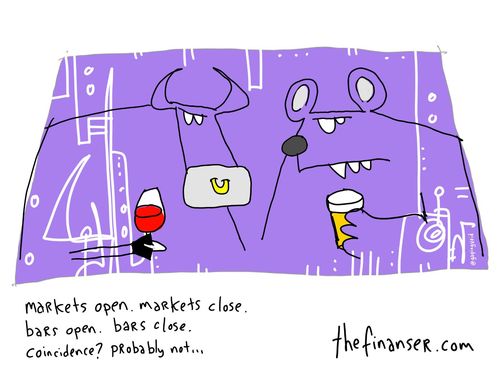The Finanser’s mate Brett King – Chris Skinner “taught me everything I know” - was in a webinar yesterday, talking about the future of banking with some good stats to back up ideas.
A key one is that the average number of in-branch transactions has declined by a quarter in the last four years, from around 11,400 transactions per day on average in 2006 to 8,550 in 2010.
This is a theme I’ve talked about over and over and over and over again.
In fact, if you missed it, I had a huge spat about this and explored it fully in depth on the blog back in 2007:
- Bank strategies are fundamentally flawed
- To dump or not to dump the branch
- Bank designs versus architecture
- Branches - the last word?
- The conclusion of the debate about IP versus bricks
And it comes up again and again and again, most recently when Brett blogged about same subject in March this year (it’s one of his favourite hobby horses too).
Finally it’s happening: bank branches are disappearing.
In some cases, they are disappearing fast – like Iceland and Denmark – whilst in other countries it’s a slow burn still – like the UK.
In the latter link, I was quoted by the BBC as saying: “four out of five branches will just disappear” ... and I do.
After all, you want service centres for branches in future – like Apple stores – not old transaction centres with tellers.
I should also stress that this is true for all developed economies – branches are dead … as transaction centres – although this does not apply to emerging markets in the same way.
The point is that for economies living in the Web 2.0 world, customers self-serve so they don’t need branches. They need online electronic services.
As paper disappears too – cheques, paper orders, passports and driving licences as identities (yes, we will move to e-identity) – then the decline will be even faster.
And emerging markets are in Web 1.0 and will soon be in Web 2.0 over time.
The Web 1.0 world wiped out any goods that were being distributed physically as products that customers sought to consume – such as books, records and movies – and electronified these markets.
This is why Borders, Tower Records, Blockbuster Video and more struggled through the first decade of the 21st century. Trying desperately to hold onto a 20th century business model, these businesses are going bankrupt or have already done so.
Now, in the second decade, Web 2.0 is doing the same to any services companies, where transactions that historically had to be done physically can now be self-served electronically.
Already, most monetary movements, orders for new functionality and processes enabling financial transactions, are being served by the consumer.
But the biggest transformation is in how we think.
We used to click-to-order, now we click-to-serve.
We used to have to push companies to send us stuff; now we expect companies to pull us in.
We used to have transactions and then interactions, now we want experiences and soon augmented realities.
Web 1.0 was all about product.
Web 2.0 is all about service.
This is why it’s revolutionising service businesses like banking, and why we are seeing so many big changes in the banking world.
Chris M Skinner
Chris Skinner is best known as an independent commentator on the financial markets through his blog, TheFinanser.com, as author of the bestselling book Digital Bank, and Chair of the European networking forum the Financial Services Club. He has been voted one of the most influential people in banking by The Financial Brand (as well as one of the best blogs), a FinTech Titan (Next Bank), one of the Fintech Leaders you need to follow (City AM, Deluxe and Jax Finance), as well as one of the Top 40 most influential people in financial technology by the Wall Street Journal's Financial News. To learn more click here...




















